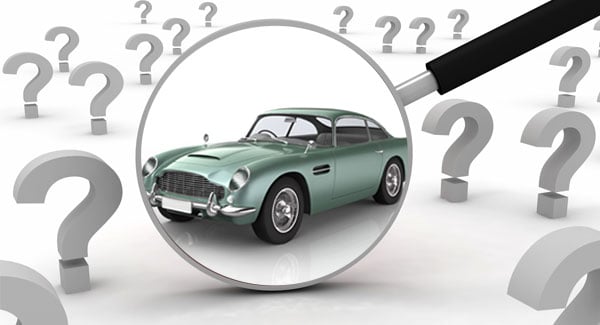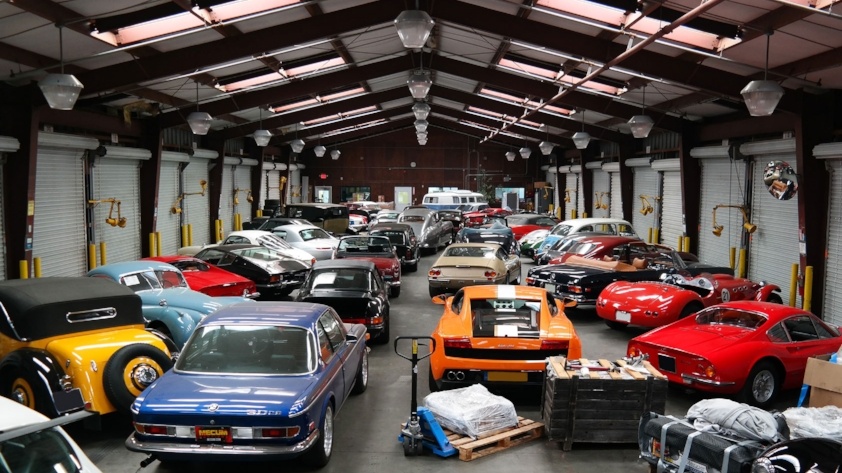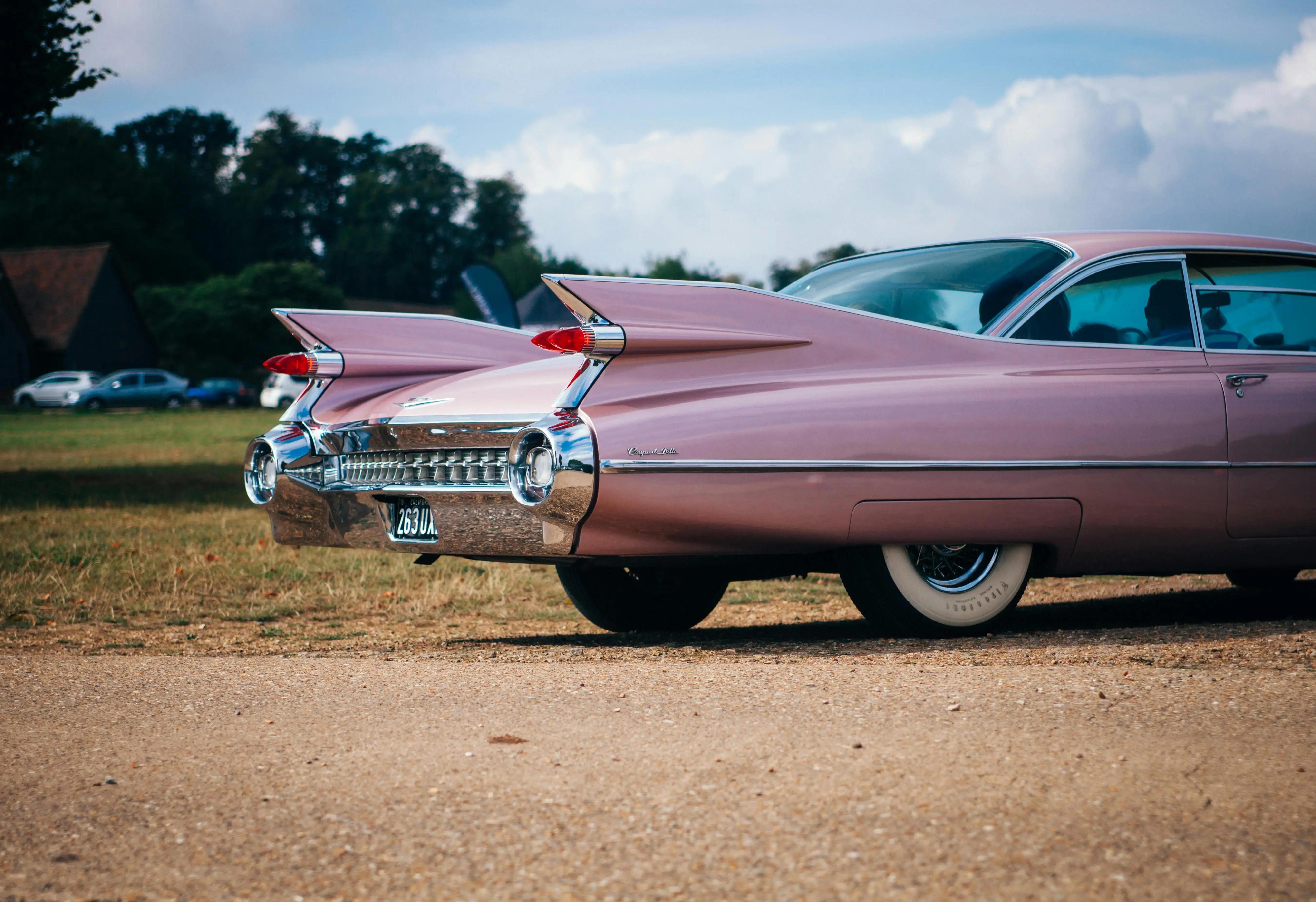Classic Car Shipping: Enclosed Auto Transport Service
Shipping a classic car is not like moving an everyday commuter. Paint that is decades old, rare chrome trim, and irreplaceable interiors demand a level of transport far beyond standard car shipping. That’s why collectors around the world rely on enclosed auto transport—a premium shipping service that keeps rain, dust, and prying eyes away from their investments. This guide explains the entire car transport process, shows when enclosed is worth the cost, and highlights key steps that give owners true peace of mind every mile.
Article Outline
-
What Makes Enclosed Auto Shipping Different From Open Transport?
-
Why Is Enclosed Car Shipping the Preferred Choice for Classic Car Transport?
-
How Does Climate Control Preserve Your Classic Car’s Pristine Condition?
-
What Security Features Keep Your Vehicle Safe and Securely Locked Away?
-
Which Loading Techniques Reduce the Risk of Damage or Scratches?
-
How Do Insurance Options Work for Enclosed Auto Transport?
-
What Role Does Door-to-Door Pickup and Delivery Play in Stress-Free Shipping?
-
How Can Owners Prepare a Classic Car for Enclosed Shipping Service?
-
What Sets West Coast Shipping Apart in the World of Classic Car Transport?
-
How Do You Calculate the Cost of Enclosed Auto Shipping?
1. What Makes Enclosed Auto Shipping Different From Open Transport?
Enclosed auto shipping surrounds your vehicle inside a fully covered trailer or container. Unlike open carriers that expose metal and glass to wind, rain, and road debris, enclosed units create a protective shell. They feature soft tie-downs, padded flooring, and lift-gate systems that eliminate steep loading ramps.
Open carriers certainly get a car from point A to point B, but classic paintwork is vulnerable to gravel chips, sun fade, and accidental dents. By comparison, enclosed transport maintains stable interior temperatures, reduces the risk of dents, and keeps your prized possession invisible to casual onlookers. For a deeper comparison of methods, review our open-versus-enclosed overview covering pros, cons, and cost differences.
2. Why Is Enclosed Car Shipping the Preferred Choice for Classic Car Transport?
Classic cars are valuable not only in dollars but in history, sentiment, and originality. Even minor paint blemishes can harm condition and value. Enclosed car shipping offers:
-
Total weather protection – No rain streaks, snow, or salt spray on the trip across the United States or to an overseas port.
-
Shielding from potential road hazards – Flying rocks, tire fragments, and loose gravel never touch your car’s finish.
-
Greater privacy – Your prized car is hidden from thieves and souvenir photographers.
A detailed look at these benefits appears in our Classic Car Cover-Up article, which explains when it makes sense to pay more for enclosed transport.
3. How Does Climate Control Preserve Your Classic Car’s Pristine Condition?
Temperature swings wreak havoc on vintage trim. Leather shrinks, wood dashboards crack, and metal contracts. Premium enclosed carriers offer optional climate control to maintain moderate humidity and temperature. That single feature keeps interiors supple, seals intact, and mechanical fluids closer to optimal viscosity.
If your classic car carries a delicate lacquer finish or rare leather seats, a climate-controlled enclosed shipping environment is the only way to safeguard originality. For multi-week ocean voyages, containerized storage in bonded warehouses—outlined in our international vehicle storage guide—extends that protection while vehicles await customs release.
4. What Security Features Keep Your Vehicle Safe and Securely Locked Away?
Enclosed carriers add multiple layers of security:
-
Solid walls and lockable doors keep the automobile out of sight.
-
Unique container seals documented at every checkpoint prevent tampering.
-
GPS trackers provide continuous location updates, so you can rest assured the car is on schedule.
Stolen collector cars often disappear quickly, making discretion invaluable. Our Cargo Damage Protection program enhances security with extra coverage from warehouse hand-off to overseas unloading.
5. Which Loading Techniques Reduce the Risk of Damage or Scratches?
Low ground-clearance classics need secure loading. Professional crews use hydraulic lift gates rather than steep metal ramps, eliminating under-body contact. Soft straps hug tires to avoid scratching show-chrome wheels, and wheel nets distribute tension evenly.
Inside the fully enclosed trailer, padded bars prevent movement during sudden stops. Space around the vehicle allows door opening without dinging adjacent cars—something impossible on tight open decks. Learn more in our seven essential loading tips article.
6. How Do Insurance Options Work for Enclosed Auto Transport?
Federal maritime law limits standard carrier liability to a mere five hundred dollars, a fraction of any classic’s worth. Enclosed auto transport services usually include higher baseline coverage, but owners hauling six-figure Ferraris or irreplaceable vintage cars often select additional Cargo Damage Protection.
This policy covers the vehicle’s condition from warehouse check-in to final unloading overseas, offering true replacement-value security. Before booking, always verify declared value, deductibles, and claim procedures—then file a full photo inspection report to preserve evidence should the vehicle sustains damage.
7. What Role Does Door-to-Door Pickup and Delivery Play in Stress-Free Shipping?
Coordinating multiple vendors—local carrier, storage lot, container loader—adds complexity. A door-to-door transport service managed by one logistics partner streamlines the process. An enclosed trailer arrives at your garage, documents the car’s state, secures it, and takes it directly to the port for container loading.
At destination, a bonded partner receives the sealed box, manages customs, and offers pickup and delivery to the final address. Single-chain custody reduces transfer risk and eliminates scheduling headaches. This car shipping experience saves owners vacation days and keeps their prized possession under one company’s watch throughout its journey.
8. How Can Owners Prepare a Classic Car for Enclosed Shipping Service?
Proper prep boosts safety and lowers costs:
-
Clean the exterior so any pre-existing scratch or dent appears clearly in photos.
-
Document the undercarriage—buyers and insurers rely on visuals to check for hidden rust or damage to the undercarriage.
-
Reduce fuel to one-quarter tank to meet safety regulations.
-
Disable alarms, tuck paperwork in the glovebox, and secure loose spares.
-
Note tire pressure and fluid leaks that could drip inside the trailer.
These steps help carriers plan tie-down points and assure customs officials that the vehicle is leak-free and ready for international transportation.
9. What Sets West Coast Shipping Apart in the World of Classic Car Transport?
Since two-thousand-seven, West Coast Shipping has moved thousands of classic cars for museums, concours winners, and private car owners. Our strengths include:
-
Enclosed trailers across the nation plus three export warehouses near major ports—Oakland, Miami, New Jersey—simplifying hand-offs.
-
Shared container programs that lower enclosed costs without compromising sealed security.
-
Dedicated in-house staff who understand vintage car battery kill switches, manual choke setups, and fragile single-stage paints.
-
Weekly sailings to forty-eight countries, so your classic car transport waits days—not months—for the next vessel.
Whether shipping your vehicle to Pebble Beach or importing a freshly restored Jaguar E-type from Europe, West Coast Shipping ensures every prized car travels with the highest level of care.
10. How Do You Calculate the Cost of Enclosed Auto Shipping?
Several factors determine pricing:
-
Distance and route complexity – Cross-country U.S. moves cost less than deep-country pickup plus port delivery.
-
Trailer type – Single-car hot-shot enclosed trailers cost more per-mile than multicar stacked rigs.
-
Vehicle dimensions – Oversized classics, customs with widened fenders, or lifted trucks require more space.
-
Seasonal demand – Auction weeks like Monterey or Scottsdale spike enclosed rates.
Use West Coast Shipping’s instant calculator for an accurate quote; simply enter zip codes, automobile dimensions, and preferred enclosed auto option. We’ll outline rates, insurance add-ons, and sailing schedules so you can transport your luxury ride without surprises.
Classic Car Enclosed Shipping Essentials
-
Enclosed transport shields paint from weather, dust, and road debris, reducing the risk of scratches.
-
Optional climate control keeps leather and wood in pristine condition throughout long transit legs.
-
Soft straps, lift gates, and padded walls provide secure loading and unloading for low-slung classics.
-
Supplemental insurance like Cargo Damage Protection covers true market value should any hazard occur.
-
Door-to-door logistics simplify scheduling and maintain security for your vehicle throughout every step.
-
Proper photos, fluid checks, and paperwork prep guarantee smooth car transport across borders.
-
West Coast Shipping offers shared containers, bonded storage, and worldwide routing for stress-free enclosed auto shipping services.
Get Your Enclosed Auto Shipping Quote Today
Ready to protect your vehicle with the ultimate safe and secure solution? Use our instant calculator below to ship your classic car safely and securely—and enjoy total peace of mind from driveway pickup to overseas delivery.
You May Also Like
These Related Stories

The Classic Car Cover Up - Unlocking a Car Shipping Mystery

Rates for the 2024 Scottsdale Auctions & Events

-093789-edited.png?width=220&height=79&name=wcs_final_logo_(1)-093789-edited.png)
